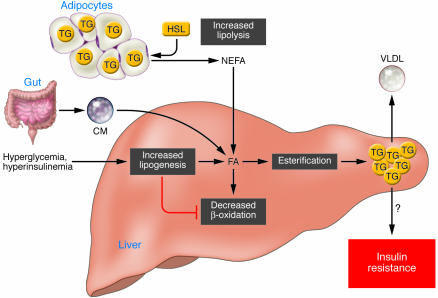Figure 2. Metabolic defects leading to the development of hepatic steatosis.
Different sources of fatty acids contribute to the development of fatty liver. Under conditions of insulin resistance, insulin does not adequately inhibit HSL, and lipolysis in white adipose tissue is not suppressed. Therefore peripheral fats stored in adipose tissue flow to the liver by way of plasma NEFAs. Dietary fatty acids are also taken up by the liver through the uptake of intestinally derived chylomicron (CM). In addition, the combination of elevated plasma glucose (hyperglycemia) and insulin concentrations (hyperinsulinemia) promotes de novo fatty acid synthesis (lipogenesis) and impairs β-oxidation, thereby contributing to the development of hepatic steatosis. After the esterification step (conversion of FAs into TGs) TG can then be stored as lipid droplets within hepatocytes or secreted into the blood as VLDL. Although the hepatic accumulation of lipids is widely believed to result in insulin resistance, it remains uncertain whether a causal relationship exists. Several recent studies have even showed a clear dissociation between hepatic steatosis and insulin resistance (7, 87). FA, fatty acid.

